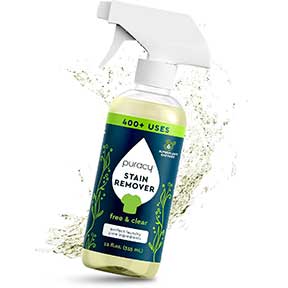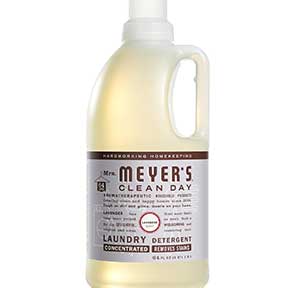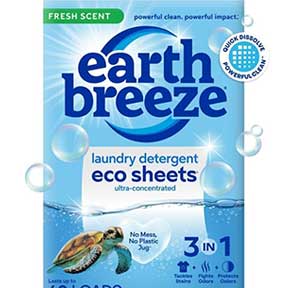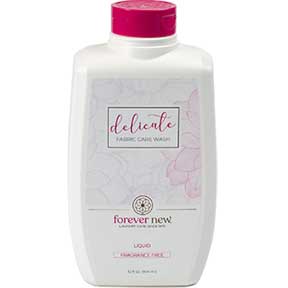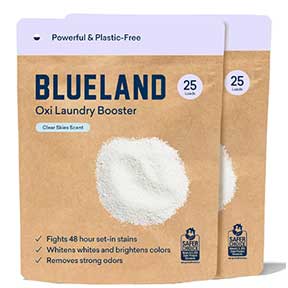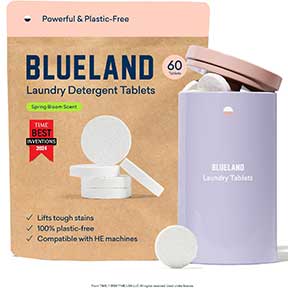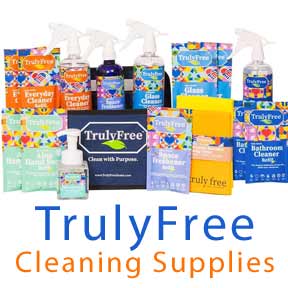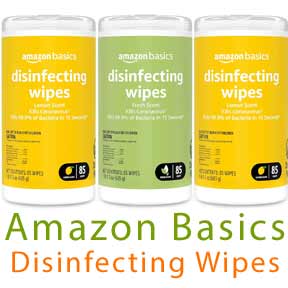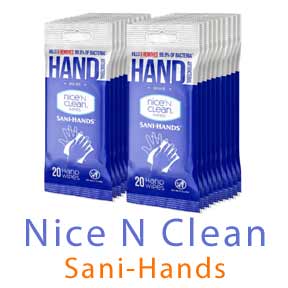Laundry 101: Part 1 – Stain Types and Removal Methods
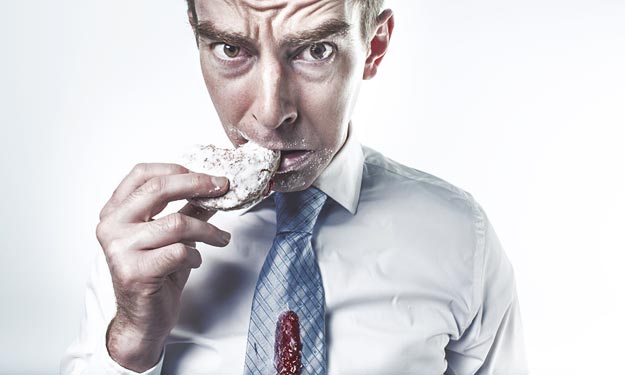
Everything Your Mom Didn’t Tell You About Stains
No matter how hard you try to keep up with it, the fact is there will always be dirty laundry piling up in your home. It’s a never ending race against time.
Most of us don’t enjoy doing laundry; washing, drying or folding! I get it, I’m right there with you. Life is busy but clothes just need to be clean.
Laundry may be your least favorite job in the entire house, but it’s worse if you don’t know what you’re doing. It’s worse even still if you ruin your clothes.
Is there a laundry monster? Yes. Can you tame the laundry monster? Yes you can!
Cleaning your clothing does not need to be difficult and we’ve got all the tips and tricks to get your clothes clean and stain free.
Let’s go over everything you ever wanted to know about washing your clothes but were afraid to ask.
The Laundry Problem
Washing machines are built to clean clothes and rinse them thoroughly when used correctly. Too much or too little of anything is a problem when cleaning clothing.
There are 6 things that you need to understand to clean your clothes properly:
- Water quality and quantity: detergent boosters, water softeners and load size.
- Water temperature: use the right temperature for the job.
- Cleaning agents: use the right detergent and the right amount.
- Rinsing and fabric softening agents: remove all traces of soap and reduce static build up.
- Using color brighteners: keeping your whites, white.
- Removing stains: removing stains completely and without damaging fabric.
Getting any one of these wrong can cause all sorts of problems. Besides having clothes that aren’t clean or smell bad, Soap residue and mineral build up can even cause your washing machine to stink or malfunction.
- Poor soil removal
- Odors on clothing
- Odors in washing machine
- Color fading
- Dingy whites
- Inadequate absorption capacity (especially cloth diapers and cotton towels)
- Contact dermatitis
- Skin allergies
I could go on, but I think you get the point. It’s NOT a good thing!
Stains Can Be Difficult to Remove Even for Experts
Most novice cleaners will try to use hot water and throw all sorts of stain removers on the stain.
You might get lucky and remove the stain, but many times you won’t. There are just a few rules to follow when removing stains and if you know the tricks, stains won’t have much of a chance of sticking around.
- Act quickly
- Know what the stain is made from
- Know the cleaners that the fabric can withstand
- Know the stain removal products and why you choose one product over another
- Know the proper procedures for removing the stain from the fabric
- Don’t mix cleaning products
- Don’t dry the garment in the dryer until the stain is gone
- Be gentle
- Be patient
So what’s the Deal with Stains and Stain Removers?
When dealing with extra soiled or stained clothing, a laundry booster or stain remover adds some extra punch to help get laundry clean.
The way to remove stains varies depending on what the stain is made of, and what material has been stained.
The experts know that because a stain can have many ingredients to it, each stain might require multiple methods and cleaners to remove it completely.
An example is spaghetti sauce: The red tomato sauce and the grease will need different cleaners. There’s not a “one-size fits all” cleaning solution in the land of stain removal.
Basic Stain Categories
To determine how to remove a stain, you need to find out what the stain is made of. The groups are broken into several types: Organic, non-organic, pigments and dyes, protein, plant, oil, ink and permanent marker.
Many stains fit into multiple categories.
Organic Stains
Organic stains are biological like: milk, blood, egg, urine. Rinse with cold water, treat with enzymes or degreaser and launder in cold water. Use hydrogen peroxide or oxygen bleach if needed to remove remaining stain.
Non-Organic Stains
Non-organic stains are not of human, animal or plant origin such as: rust, mineral, makeup, ink, wax. Remove with acids (white vinegar or lemon juice, or rust remover.)
Pigment and Dye Stains
Pigment and dye stains consist of: wine, grass, berry stains. Remove stain with detergent, solvent, alkaline cleaner. Rubbing alcohol is effective for grass stains. Hot water removes berry stains. Use hydrogen peroxide or oxygen bleach if needed.
Protein Stains
Protein stains come from: milk, blood, egg, perspiration, any of animal or human origin. Rinse with cold water, treat with enzymes or degreaser and launder in cold water. Use hydrogen peroxide or oxygen bleach if needed to remove remaining stain.
Plant Based Stains
Plant based stains such as: grass, coffee, tea, wine, juice. Remove with enzyme, solvents, or degreaser. Use hydrogen peroxide or oxygen bleach if needed.
Greasy Stains
Greasy stains are – well – grease stains such as: butter, oil and the like. Degrease with a detergent and pretreat with a spray or stick.
Ink and Marker Stains
Ink and marker stains are just what it sounds like: ballpoint ink, drawing ink, felt tip ink. Remove with solvents.
Basic Methods of Stain Removal
The stain and the item the stain is on must be considered. Choose a removal method and cleaning solution that works for the stain that won’t damage the fabric.
- Dissolve it (solvents/solvency)
- Degrease it (detergents/detergency)
- Convert it (soap/saponification)
- Bleach it (redox/reduction-oxidation)
- Break it (enzymes/digestion)
Basic Guidelines to Follow when Removing Stains
Treat the Stain Gently, Be Patient and Don’t Rub or Scrub
It may often take more than one application of a stain remover to completely remove a stain.
Blot Gently with a Clean Towel
It’s effective and will reduce the chance of damaging your stained item.
Remove Stains As Soon As you Find Them
The longer a stain sits, the harder it is to remove. Stains can become permanent over time due to a chemical reaction with the fabric.
When in Doubt Do Not Use Heat
Do not try to remove the stain with hot water, or dry it in the dryer, unless you are specifically directed to. If you don’t know what to use, use cold or lukewarm water right from the tap. Hot water or drying the clothing in the dryer will set many stains and make it much more difficult, if not impossible to remove completely.
Like Removes Like
When choosing your stain remover, select the solution based on the pH of its ingredients. You can best remember this as “like removes like”. That means that stains from acids become soluble and are best removed with another acid. Base or alkaline stains become soluble and are removed with other alkaline bases.
Stains are Made of Multiple Ingredients
What works for one stain might not work for another seemingly similar stain. (Of course!)
Try One Cleaning Solution at a Time
If one stain remover doesn’t work, rinse the item completely before trying another. Don’t mix chemicals.
Check the Stain after Washing
Set the garment aside for more treatment if the stain remains after you have tried to remove it.
Do Not Put Stained Clothing in the Dryer
We say this all the time: “Heat may set the stain permanently. Only dry the clothing in the dryer when the stain is completely gone”.
CAUTION: If you use products that are common to have in the home, they are not inherently safe. Cleaning products are chemicals that react to other chemicals, just like all chemicals do. Always try one cleaning solution by itself and rinse completely before trying another cleaning solution.
Laundry 101 Part 2 – Stain Removal Methods Continued
Clothing and Laundry
